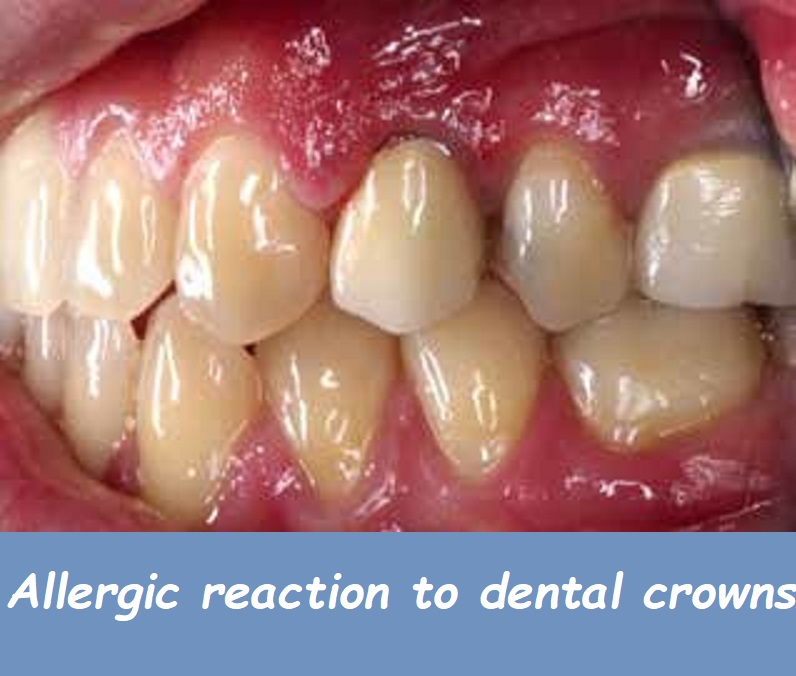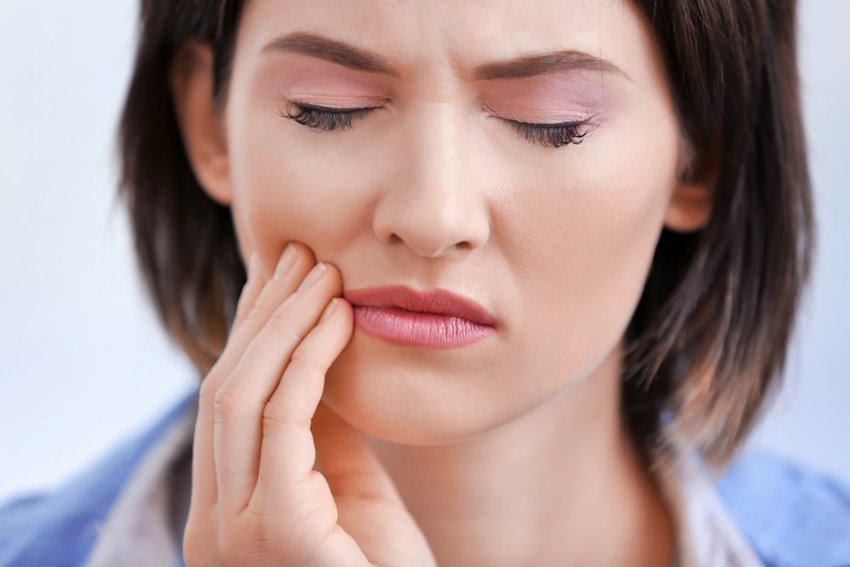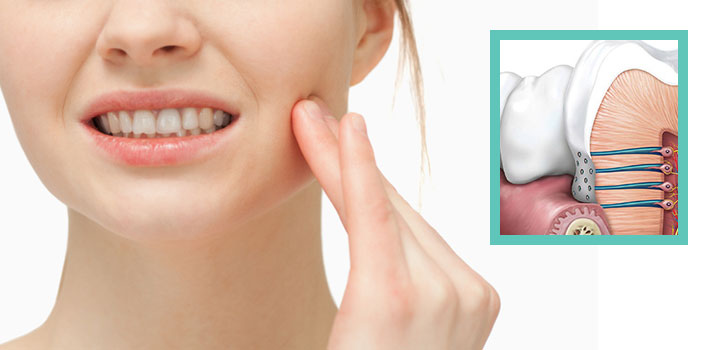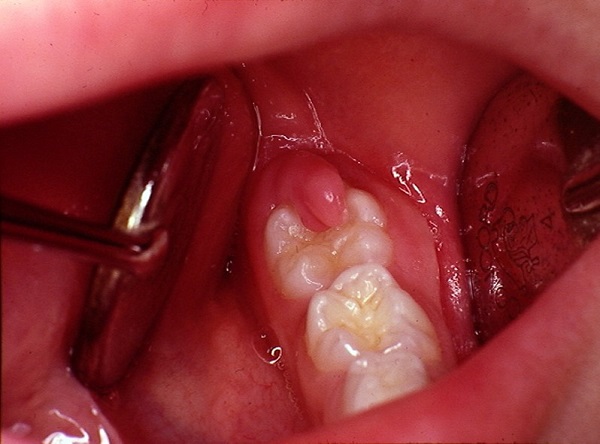allergic reaction to dental crowns

Allergic Reaction to Dental Crowns: Understanding the Causes, Symptoms, and Treatments
Dental crowns are a common dental restoration used to protect damaged teeth, improve their appearance, and restore their function. However, like any medical procedure, there can be complications. One such complication is an allergic reaction to dental crowns. In this comprehensive guide, we will explore the causes, symptoms, and treatments of allergic reactions to dental crowns, along with preventive measures and considerations for those who may be prone to allergies.
Introduction to Dental Crowns
Dental crowns, or caps, are custom-made covers placed over a tooth to restore its shape, size, strength, and appearance. They can be made from various materials, including metal, porcelain, ceramic, and resin. While dental crowns are generally safe and effective, some individuals may experience an allergic reaction to the materials used in these restorations.
Causes of Allergic Reactions to Dental Crowns
An allergic reaction to dental crowns occurs when the body’s immune system identifies the materials in the crown as foreign substances and reacts against them. Several factors can contribute to this reaction:
- Material Sensitivity: Different materials used in dental crowns can trigger allergic reactions. Metals such as nickel, chromium, and cobalt are common allergens. Even ceramic and porcelain crowns, which are typically considered biocompatible, can cause allergies in rare cases.
- Galvanic Reactions: When different metals are used in dental restorations (e.g., a gold crown adjacent to a metal filling), they can create an electrical current in the mouth, leading to galvanic reactions and potential allergies.
- Pre-existing Allergies: Individuals with known allergies to specific metals or materials are at a higher risk of experiencing an allergic reaction to dental crowns made from those substances.
- Chemical Sensitivity: Some individuals may be sensitive to the chemicals used in the bonding agents or adhesives that secure the crown to the tooth.
Symptoms of Allergic Reactions to Dental Crowns
The symptoms of an allergic reaction to dental crowns can vary in severity and may appear immediately or develop over time. Common symptoms include:
- Oral Symptoms:
- Redness and swelling of the gums surrounding the crowned tooth
- Itching or burning sensation in the mouth
- Blistering or ulceration of the oral tissues
- Metallic taste in the mouth
- Systemic Symptoms:
- Skin rashes or hives, particularly around the mouth
- Swelling of the face, lips, or tongue
- Difficulty breathing or swallowing (in severe cases)
- Generalized itching or discomfort
Diagnosis of Allergic Reactions to Dental Crowns
Diagnosing an allergic reaction to dental crowns involves a thorough evaluation by a dentist or allergist. The diagnostic process may include:
- Medical History: Reviewing the patient’s medical and dental history, including any known allergies or previous reactions to dental materials.
- Clinical Examination: Examining the oral tissues for signs of inflammation, redness, or ulceration.
- Patch Testing: Conducting patch tests to identify specific allergens. Small amounts of potential allergens are applied to the skin, and any allergic reactions are observed.
- Blood Tests: In some cases, blood tests may be used to detect specific antibodies related to allergic reactions.
Treatment of Allergic Reactions to Dental Crowns
Treating an allergic reaction to dental crowns depends on the severity of the symptoms and the underlying cause. Common treatment options include:
- Removal of the Crown: If the crown material is identified as the allergen, it may be necessary to remove the crown and replace it with a hypoallergenic material.
- Medications: Over-the-counter or prescription antihistamines and corticosteroids can help manage allergic symptoms such as itching, swelling, and inflammation.
- Topical Treatments: Topical ointments or gels may be applied to the affected oral tissues to reduce discomfort and promote healing.
- Desensitization Therapy: In some cases, gradual exposure to the allergen under medical supervision may help desensitize the patient and reduce the severity of allergic reactions.
Preventive Measures for Allergic Reactions to Dental Crowns
Preventing allergic reactions to dental crowns involves careful planning and communication between the patient and dental professional. Preventive measures include:
- Material Selection: Opting for hypoallergenic materials such as zirconia or pure ceramic crowns can reduce the risk of allergic reactions. Discussing material options with the dentist before the procedure is crucial.
- Allergy Testing: Patients with known metals or other materials allergies should undergo allergy testing before receiving dental crowns. This helps identify safe materials for the restoration.
- Detailed Medical History: A comprehensive medical history, including known allergies, can help the dentist make informed decisions about materials and techniques.
- Regular Dental Check-ups: Regular dental visits allow for early detection of adverse reactions to dental restorations. Prompt intervention can prevent complications from escalating.
Case Studies: Real-life Examples of Allergic Reactions to Dental Crowns
To better understand the impact of allergic reactions to dental crowns, let’s explore a few real-life case studies:
Case Study 1: Nickel Allergy
Jane, a 45-year-old woman, received a dental crown made from a nickel-containing alloy. She experienced severe gum inflammation and itching around the crowned tooth within a few days. A patch test confirmed a nickel allergy. The crown was replaced with a zirconia crown, and her symptoms resolved completely.
Case Study 2: Galvanic Reaction
John, a 50-year-old man, had multiple metal restorations, including a gold crown and a metal filling. He developed a persistent metallic taste and oral discomfort. His dentist identified a galvanic reaction caused by the different metals in his mouth. Replacing the metal filling with a composite material alleviated his symptoms.
Case Study 3: Chemical Sensitivity
Sarah, a 30-year-old woman, experienced redness and swelling of her gums after receiving a porcelain crown. Allergy testing revealed sensitivity to the bonding agent used. A different adhesive was used to re-cement the crown, and her allergic reaction subsided.
Alternatives to Traditional Dental Crowns
For individuals with a history of allergic reactions to dental materials, there are alternative options for dental restorations:
- Zirconia Crowns: Zirconia is a biocompatible material known for its strength and durability. It is less likely to cause allergic reactions compared to metal-based crowns.
- All-Ceramic Crowns: Crowns made entirely from ceramic or porcelain offer an aesthetic and hypoallergenic alternative to metal-containing crowns.
- Composite Resin Crowns: Composite resin crowns are another option for individuals with metal allergies. They are tooth-colored and blend well with natural teeth.
- Gold Crowns: While rare, some individuals may have allergies to base metals but not to gold. Gold crowns can be a suitable alternative in such cases.
Living with Dental Allergies: Tips and Considerations
Managing dental allergies requires ongoing vigilance and communication with dental professionals. Here are some tips for living with dental allergies:
- Open Communication: Always inform your dentist about any known allergies or previous reactions to dental materials. This information is crucial for selecting safe materials.
- Regular Dental Visits: Schedule regular check-ups to monitor the condition of your dental restorations and detect any signs of allergic reactions early.
- Personalized Treatment Plans: Work with your dentist to develop a personalized treatment plan that considers your allergies. This plan may involve using specific materials or techniques to minimize the risk of reactions.
- Emergency Preparedness: If you have a history of severe allergic reactions, carry an emergency allergy kit that includes antihistamines and, if prescribed, an epinephrine auto-injector.
- Stay Informed: Keep yourself informed about new developments in dental materials and allergy management. Advances in dental technology may offer new options for individuals with allergies.
Conclusion: Ensuring Safe Dental Care for Allergy-Prone Individuals
An allergic reaction to dental crowns can be a challenging and uncomfortable experience. However, with proper diagnosis, treatment, and preventive measures, individuals with dental allergies can still receive effective and safe dental care. Open communication with dental professionals, thorough allergy testing, and informed material selection are key to minimizing the risk of allergic reactions and ensuring the best possible outcomes for dental restorations.
By understanding the causes, symptoms, and treatments of allergic reactions to dental crowns, patients and dental professionals can work together to create personalized and allergy-safe dental care plans. Whether using hypoallergenic materials or alternative restoration options, individuals with dental allergies can maintain their oral health and enjoy the benefits of dental crowns without compromising their well-being.









